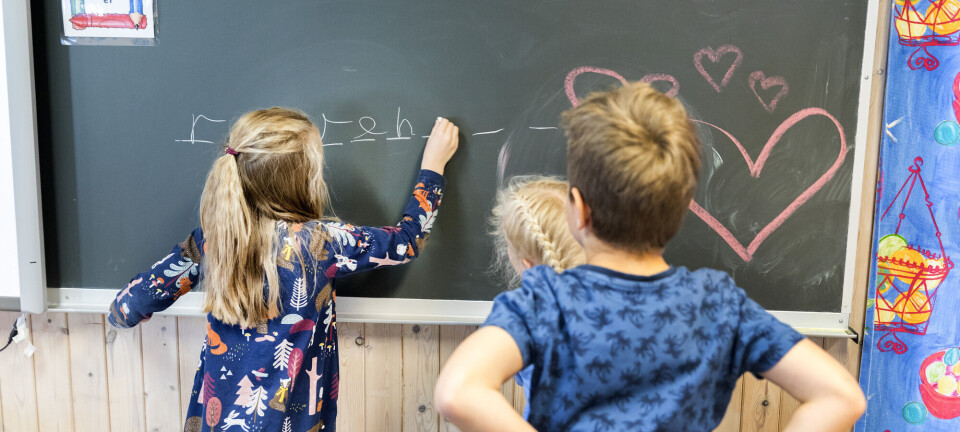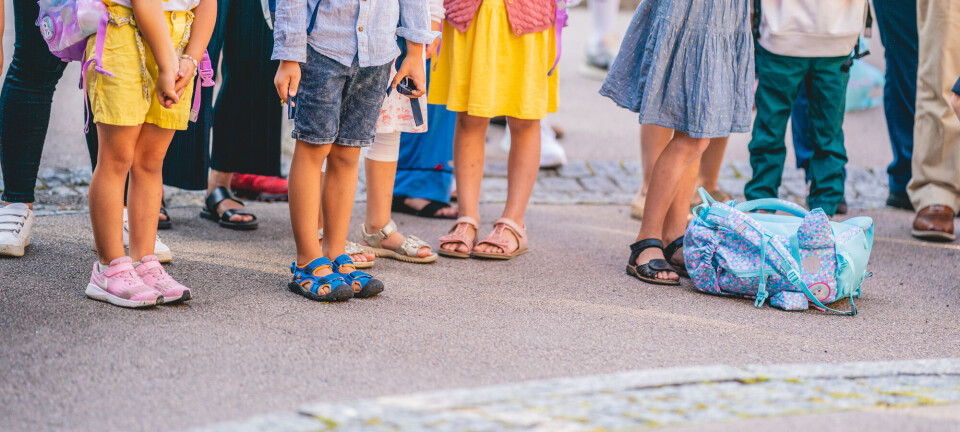“There’s no reason to get stressed if your child is in a class with many students”
Neither smaller classes nor more teachers in themselves provide better learning or well-being, according to research. But one intervention has shown good results.
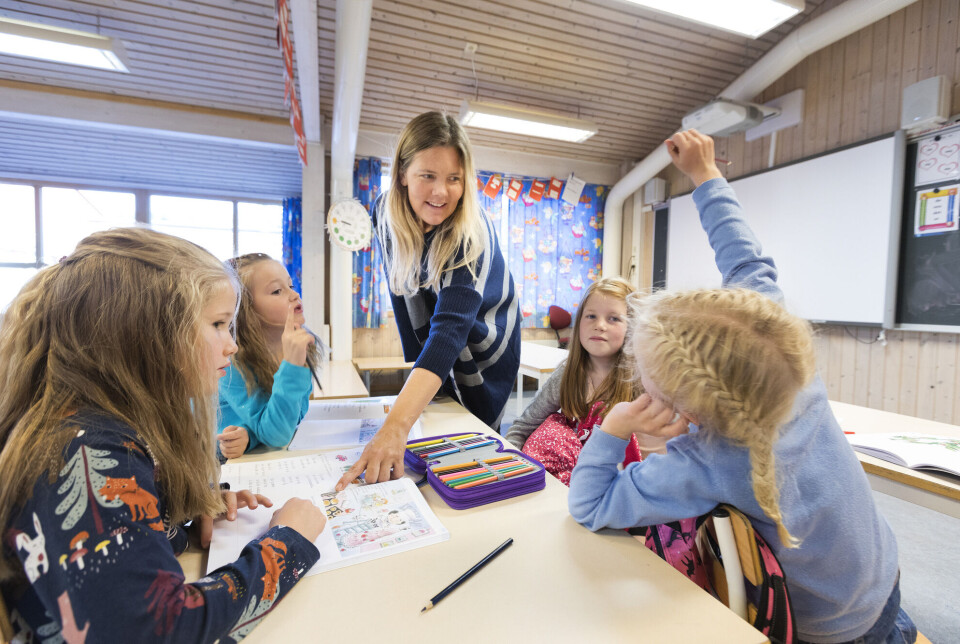
Small classes and lots of teachers.
Norway has implemented policies on class size based on the belief that this combination offers the best setting for learning. Rules about the maximum number of students per teacher are now being introduced.
Yet children aren’t learning any more than before. Why not?
And is it really true that class size doesn't matter?
Larger classes for the youngest
The policies on class size disappeared in 2003, but schools still largely follow the old limits, according to a survey by the Nordic Institute for Studies of Innovation, Research and Education (NIFU).
However, 40 per cent of first graders are in classes larger than the old limits, which allowed 18 children per class at this level.
In any case, the size of the class should not be a cause for concern, according to school researchers.
“There’s no reason to get stressed if your child is in a class with many students,” says Astrid Marie Jorde Sandsør, professor at the University of Oslo's Department of Special Needs Education.
Sandsør is a social economist, and her particular interest is studying how measures in schools affect students.
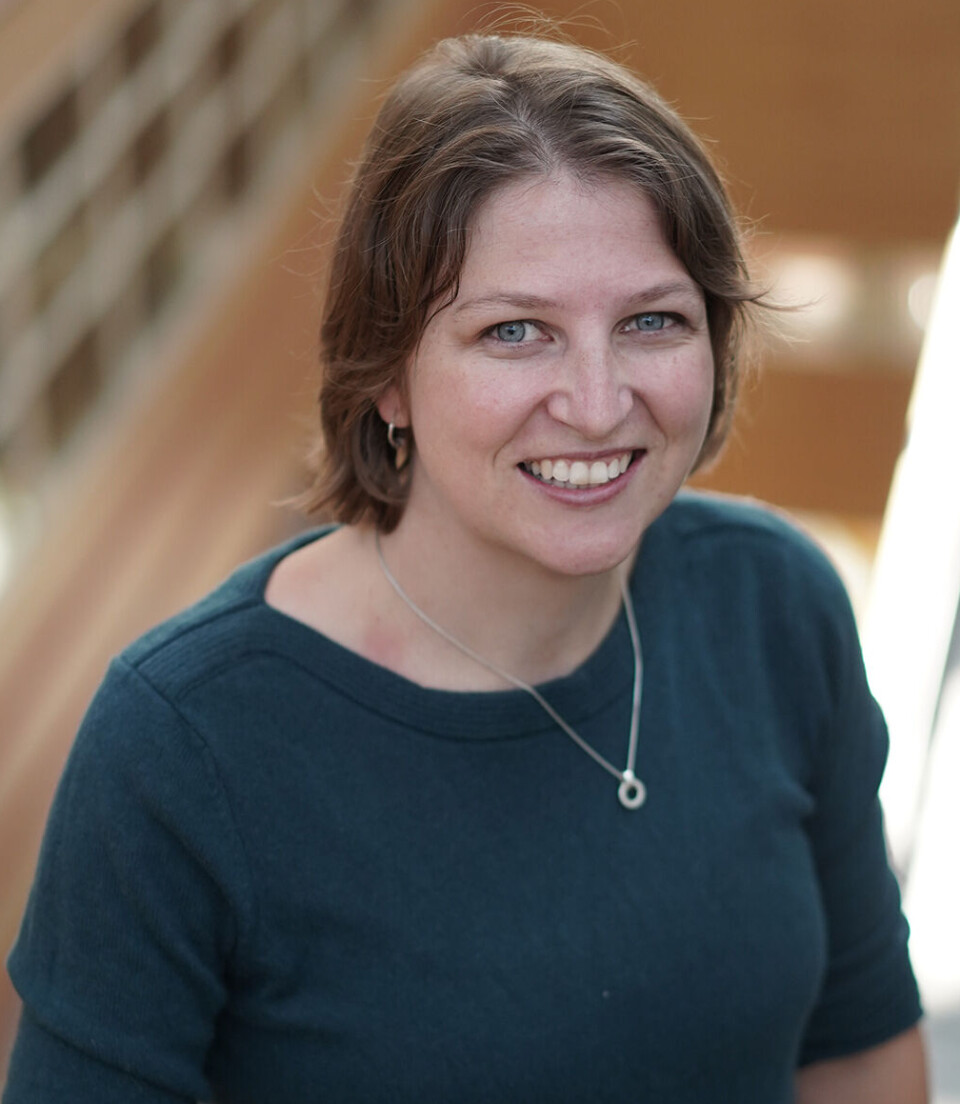
Norwegian researchers have largely found that class size has no effect on learning, she says.
Before 2003, a class had to be split in two if it exceeded the set limits. That gave researchers the opportunity to study the effects of reducing class size.
“Within the common Norwegian class standards, ranging from 15 to 30 students, we can say with certainty that class size has no particular impact on learning,” says Sandsør.
More important to have a good teacher
Children learn just as much – or little – regardless of class size.
But could it be that children enjoy school more in a smaller class? Maybe especially at the beginning?
Researchers don't know as much about that.
“Most parents are most concerned about their children’s well-being when they start school. But it’s extremely difficult to measure well-being in first grade,” says Sandsør.
Researchers also face a lot of resistance to measuring things in school. People want results on something researchers aren't allowed to measure.
If the school classes are too small, it can be more difficult to find friends. And splitting into smaller classes can have consequences for teacher quality, according to the professor.
“The number of teachers is limited. So you can have smaller classes but risk lower teacher quality. And it’s much more important for children to have a good teacher than to be in a smaller class,” she says.
Seems obvious, but has no effect
So Norway removed the rules about class size and instead focused on bringing in more teachers.

“The widespread belief among teachers, parents, and politicians is that small classes and more teachers are best for learning. This has been part of the debate all along,” says Oddny Judith Solheim.
She is a professor at the University of Stavanger and head of the Knowledge Centre for Education. She was also project leader for Two Teachers, a huge research project designed to investigate the effect of having two teachers in a classroom.
“When we started the project, there were lots of reports and articles in the newspapers. It was a bit like, ‘why on earth are we spending so many millions on something that’s so obvious. More teachers must of course lead to more learning’,” says Solheim.
But it didn’t.
“Bringing in an extra teacher or making some small organisational changes isn’t enough on its own. It doesn’t automatically lead to better learning or greater well-being,” says Solheim.
Only when schools manage to use the extra teachers in a targeted and well-thought-out way does it have a positive effect.
Teaching in smaller groups
It's not that having more teachers in the school can’t be useful.
They just have to be used in the right way.
For example, to provide teaching in small groups of around five students.
Findings from the large research projects Two Teachers and 1+1 (link in Norwegian) indicate that this is an effective measure.
In some of the Two Teachers classes, the extra teacher worked with small groups of students. Those who were selected, particularly boys with weak academic skills, benefited greatly from this.
Most viewed
The 1+1 project was designed to investigate teaching in small groups. The groups consisted of four to six pupils, and they were divided according to their skill level.
In 1+1, everyone in the class received this type of teaching in maths. The effect was slightly less than in the Two Teachers project, because the measure included everyone, not just those with additional needs.
“The main point is that we see an effect on those students who get an extra dose of teaching in a good and well-thought-out way,” says Solheim.
“You can't just do more of the same thing in a smaller group. You have to use the opportunity to adapt and vary the teaching,” she emphasises.
Solheim speculates that maybe this was also why the division of classes according to the old rules had no effect. The classes were smaller, but the teaching was not adapted to suit a smaller group of students.
Schools need help
According to figures from NIFU, the most common practice is still that schools assign an extra teacher or assistant to an entire class. Small group teaching is less common.
“The school sector isn't set up to apply the knowledge gained from the projects,” says Sandsør.
“We know that small group teaching has positive effects, including in the lower grades. But it’s not like schools suddenly implement the findings. My impression is that many school leaders would like to some help in making these changes,” she adds.
Some studies have found that schools struggle to implement small group teaching because they do not have the physical space for it.
More teachers, but not more learning
The teacher norm from 2018 sets guidelines for how many students can be in a class. In primary school, from grades 1-4, there should be a maximum of 15 students per teacher. Without the norm, 'more students would be squeezed into classrooms,' according to the Union of Education Norway.
But the research on having two teachers in the classroom found no effect, and neither did the evaluation of the teacher norm (link in Norwegian). There are more teachers, but so far there haven't been improvements in learning or well-being, says Solheim.
“Learning and teaching is complex. There's no basis in the research to recommend a specific class size or teacher density,” she says.
The content is important
“We need to stop thinking so much about the number of teachers and more about how and when we use them,” says Sandsør.
For parents, it 's easy to count the number of students and teachers, but perhaps more difficult to know enough about what else is going on at school. Sandsør believes schools could become better at sharing information about how they've structured the teaching, perhaps especially in the first grade.
Solheim agrees that the content is more important than the numbers.
“I would be more concerned about the content of the teaching than the class size, and whether the class is divided into small groups,” she says.
———
Translated by Ingrid P. Nuse
Read the Norwegian version of this article on forskning.no
Related content:
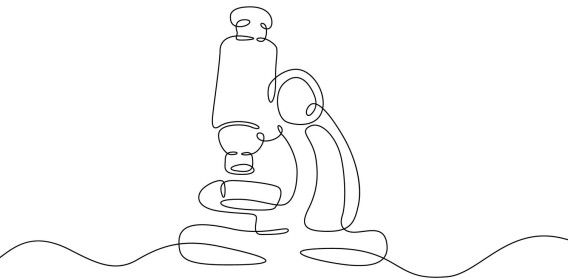
Subscribe to our newsletter
The latest news from Science Norway, sent twice a week and completely free.













